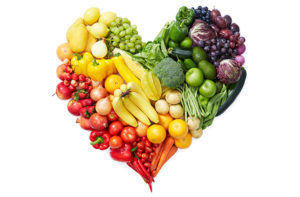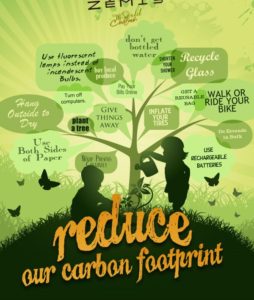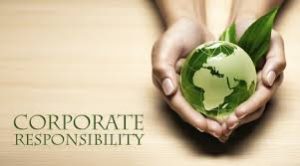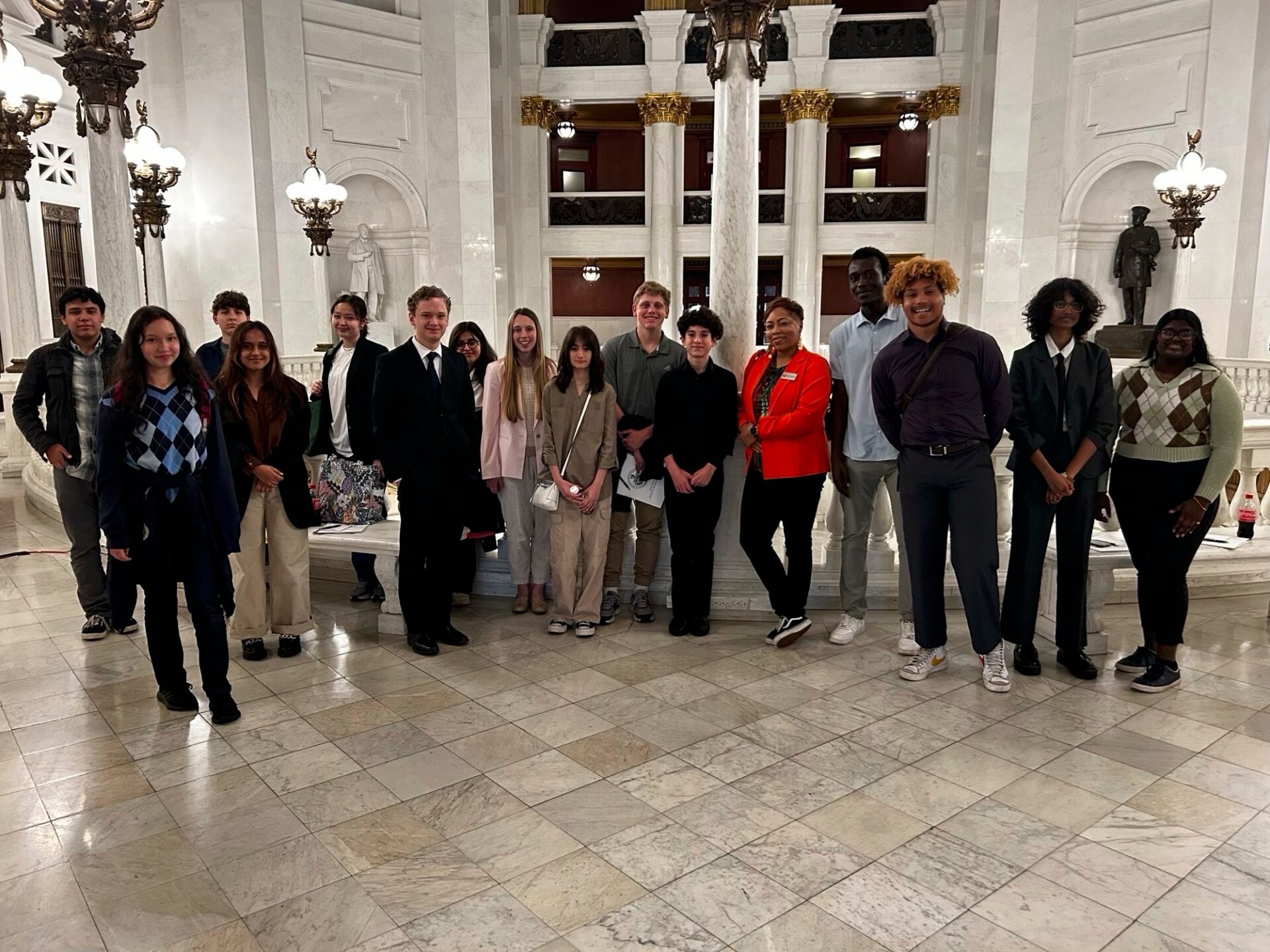We live on a beautiful, colorful, and diverse planet. Through the inventions of technology and innovation, we can know what is happening on the opposite side of the world in a heartbeat. This convergence of mechanical and science has made information readily available to help us understand the complexity and balance of life as a whole. Our interconnected scientific processes can be better predicted, analyzed, and enhanced to improve the quality of life for all. Together, as a diverse but codependent global society, we can create environmental stability, and lessen our environmental footprint for a better future for all life on earth.
So, what is climate change/global warming?
Global Warming 101
For a short rundown: Please watch this 3 minute eye-opening, educational video from National Geographic, “Global Warming 101”
Your Carbon Footprint
Here is another great 10-minute video that explains how you can lessen your carbon footprint, thus reducing global warming. Pacific Institute for Climate Solutions: Climate Insights presents “What YOU can do about Climate Change.”
Online Resources
Free online courses for educational purposes are available:
https://www3.epa.gov/climatechange/kids/scientists/clues.html
http://pics.uvic.ca/education/climate-insights-101
http://www.cdc.gov/climateandhealth/effects/
Pennsylvania Resources Council: Pennsylvania’s oldest grassroots environmental organization. Since 1939, PRC has worked to protect the PA Commonwealth’s resources for future generations. Find out more here. http://prc.org/
Some of the great resources and events it offers:
- Household Chemical Collections
- Hard to Recycle Collections
- ReuseFest
- Zero Waste Audits
- Zero Waste Events
- Innovative education programs across the state
- Workshops for students, adults, and teachers
Pennsylvania Department of Conservation and Natural Resources offers amazing ways and educational experiences to get involved in the environment and conserve our natural resources. http://www.dcnr.state.pa.us/
Pennsylvania Department of Environmental Protection is a great resource to find ways to improve and protect the environment. http://www.dep.pa.gov/
NOAA: U.S. Agency, The National Oceanic and Atmospheric Administration tracks weather patterns along with climate change indicators. To learn more about climate change from a scientific agency, go here http://www.noaa.gov/climate
NOAA: National Centers For Environmental Information offers numerous data accounts and educational pages https://www.ncei.noaa.gov/
U.S. Department of Commerce offers a wonderful educational page of natural capital, markets, and how our ecosystem works. https://www.commerce.gov/naturalcapital
The Sustainability Fund: A great (Pennsylvania) resource to learn about renewable energy, and financial assistance and grants for people to invest in clean energy, please visit the following link. http://www.thesef.org/
The United States Department of Energy is a gold mine of resources to acquire more knowledge and insight about new renewable technologies and state rebates/grants. http://www.energy.gov/
How can you personally reduce your carbon footprint and environmental impact?
Be conscious of the products and the amount that you are consuming
- Look for certified green sustainability symbols and recycling emblems. For example, the Forest Stewardship Council, (FSC) is a great one.
- Try not to take more than you can eat, so food waste is less.
- Read labels and identify ingredients and origin of the materials, products, or foods you use.
Boycott products/services that endanger wildlife and deforestation
- Purchase items that are sustainably harvested.
- Join a positive, educational, and mission-oriented non-profit or non-governmental organization to learn more about how you can help benefit the world around you. Some examples are World Wildlife Fund, Conservation International, Green Peace, and The Nature Conservancy, the Peace Corp, the Boy Scouts/Girl Scouts, and environmental/outdoors clubs.
- Please visit and know your local state parks and the beautiful national parks.

Reduce, Reuse, and Recycle
- Most of the products we use daily can be recycled in some manner. For example, if you are able, have a composting bin in which you can put unused food products/scraps. This concoction makes a wonderful fertilizer for gardens and plants. If you live in the city, there are often community gardens you could help participate in, or you could propose one to the city.
- Almost all townships and cities have community aid stores/thrift shops where you can donate lightly used goods. You can also use these donated goods as tax write-offs.
- Consider cutting down on overall consumerism. It may be good for the economy, but it’s hurting our planet. Try setting goals, and limits on what you need and buy.
Use water wisely
- Water is life. We need it for every function in the human body, and throughout the planet’s ecosystem.
- Less than 2.5 % of water is fresh, and only about 1% of that is available, as some is in the form of glaciers and icepack. With around 7 billion people on this planet, water scarcity in many parts of the world is a live-or-die situation. Water purifying technology is improving, but please still be vigilant on your use of non-salt water. To find out more about the urgency of the fresh water crisis, please visit the following link. http://environment.nationalgeographic.com/environment/freshwater/freshwater-crisis/
If you are able, opt for clean energy, or sustainable energy transportation
- Biking and walking can not only improve your mood and physical stamina, but it can save you money, and help spare the environment. Burning fossil fuels emits greenhouse gasses that contribute to the warming of the earth’s atmosphere. Curbing emissions and getting some nice exercise is a great way to go!
- If possible, many locations offer ride sharing and Uber drivers. These are new innovative ways for people to stop spending so much on fuel while lessening their environmental impact. Public transportation modes are available in most towns/cities as well.
- Trains are also a low-emission way to travel.
- Electric and hybrids vehicles are a highly efficient way of traveling.
Transform your home to be energy efficient
- One of the largest wastes of energy (and money) is from escaping heat or air conditioning in houses and buildings. Draft proofing, small inexpensive ways of sealing your household windows, doors, or cracks can help energy secure your structure. Some states and companies offer rebates to those who purchase more energy efficient windows, and doors.
- During the winter, turn down your thermostat a little when you go to bed. Also, if you’re leaving and nobody will be in the home, turn down the thermostat to conserve energy.
- Energy efficient appliances cannot only save you a ton of money over time, but lead to a more sustainable use of energy overall. Many efficient and safe quality appliances can be affordably purchased. The older and broken appliances can be recycled or donated to community aid stores.
- New renewable technologies like solar panel roofing tiles and panels is a great route to take! With the innovation of off-grid renewable energy systems such as the Telsa power wall battery, paired with an electric vehicle, and solar energy capture, you can essentially be free from fossil fuels in your household use.
- Purchase energy efficient light bulbs to help conserve your electric energy use.
- If available in your area, select renewable energy options of electricity. Some of these sources are from hydraulic powered dams, wind farms, solar fields, and geothermal energy systems. Nuclear Energy emits 0% emissions, but is still at this time a dangerous threat to our planet, as devastating accidents can and have occurred.
- The government and many states offer incentives, tax breaks, and rebates to those upgrading to renewable energy options. These offers range in variety depending on state and availability, but often include solar panels, electric vehicles, and compost barrels. Visit your local, state, or federal office and website to see the current items. The United States Department of Energy offers this wonderful interactive tool to connect you with energy savings.
- http://www.energy.gov/energysaver/estimating-appliance-and-home-electronic-energy-use
- http://www.energy.gov/savings/search?f[0]=im_field_rebate_savings_for_shor%3A865033
Less beef products
- Unfortunately, animals (mostly cows) are large producers of methane (greenhouse gas) due to their digestive and release functions.
- Also, look for products that are sustainability harvested. Many places around the world are facing issues of overfishing in the oceans and streams. It is possible to sustainability grow populations of fish for consumption under well-managed conditions.
- There are so many delicious (and healthy) vegetarian and vegan recipes and foods out there. Once you start realizing how amazing some of these meatless dishes can be, cutting back on the steak and the bacon may not cause so many tears. So go for it! Try that new interesting vegetarian/vegan dish!
- Cutting back on beef/pig products is not only beneficial for the environment and animals, but can help YOU be more overall healthy.
Know your local, state, and federal politicians and polices
- Oh, politics. The federal government’s policy makers prescribe the vision for the future of our country. For the United States, please stay informed of federal policies and plans at www.whitehouse.gov. You can subscribe to the State Department emails of your choosing to help stay informed.
- We the people are the largest catalysts for change. We can choose our way of life to either harm or hurt the world around us. By becoming more environmentally friendly, it helps sustain all life on this planet, and helps for a better outlook for future generations.
- For international climate cooperation: According to the Paris Climate Agreement of 2015, 193 nations signed, and 111 parties either ratified or joined a climate change agreement. This group of nations represents 77% of global emissions. This agreement is to help keep the planet from warming more than 2 degrees. For if it does, our entire planet will see accelerated environment changes even more due to climate change. For more information, please visit www.un.org
- To stay updated on United States climate change action, please visit http://www.climatenexus.org/
Try new environmentally friendly innovations
- With our world becoming increasingly connected with transportation and technology, there are many creative innovations to help conserve resources, the environment, and save you money!
- Enjoy beautiful scenic adventures in places in the world that have ecotourism. For example, Costa Rica and New Zealand offer exotic landscapes where biological diversity and conservation are a national priority.
- Some examples are:
- Uber, the car-ride-share application
- Airbnb, the international house, apartment, vacation rental company
- Ebay, the self-sufficient online reuse market place company
- ThredUp, the online reused clothing site
Eat local foods, if possible: (imported and long range foods have a larger carbon footprint)
- Most vital foods can be grown and produced locally; whether this be through hydroponic farms, greenhouses, organic farms, or large corporate producers.
- Many towns/cities offer a range of locally grown options such as farmer’s markets, Whole Foods stores, roadside stands, and outdoor markets.
- Gardens and orchards are great for fresh vegetable and fruit options.
- Not only do these options cut down on transportation cost and emissions, but they help sustain your local economy by keeping the business within the local community.

Go for environmentally friendly packages/containers
- Ditch the Styrofoam containers and opt for biodegradable, recycled cardboard/paper, and new environmentally friendly recyclable materials.
- Regular plastic takes +100 years to decay if it is not recycled.
- We are running out of space for landfills near large metropolises. Biomass conversion and garbage incinerators are helping to reduce the waste that would otherwise end up in a landfill.
- Much of the garbage that does not get incinerated, recycled, or landfilled, sadly ends up in the ocean and streams. This is causing ecosystem quality damages to our aquatic life.
- Recycling facilities are located in almost every municipal township or town. To find a list in your location, please visit your counties/city website.












